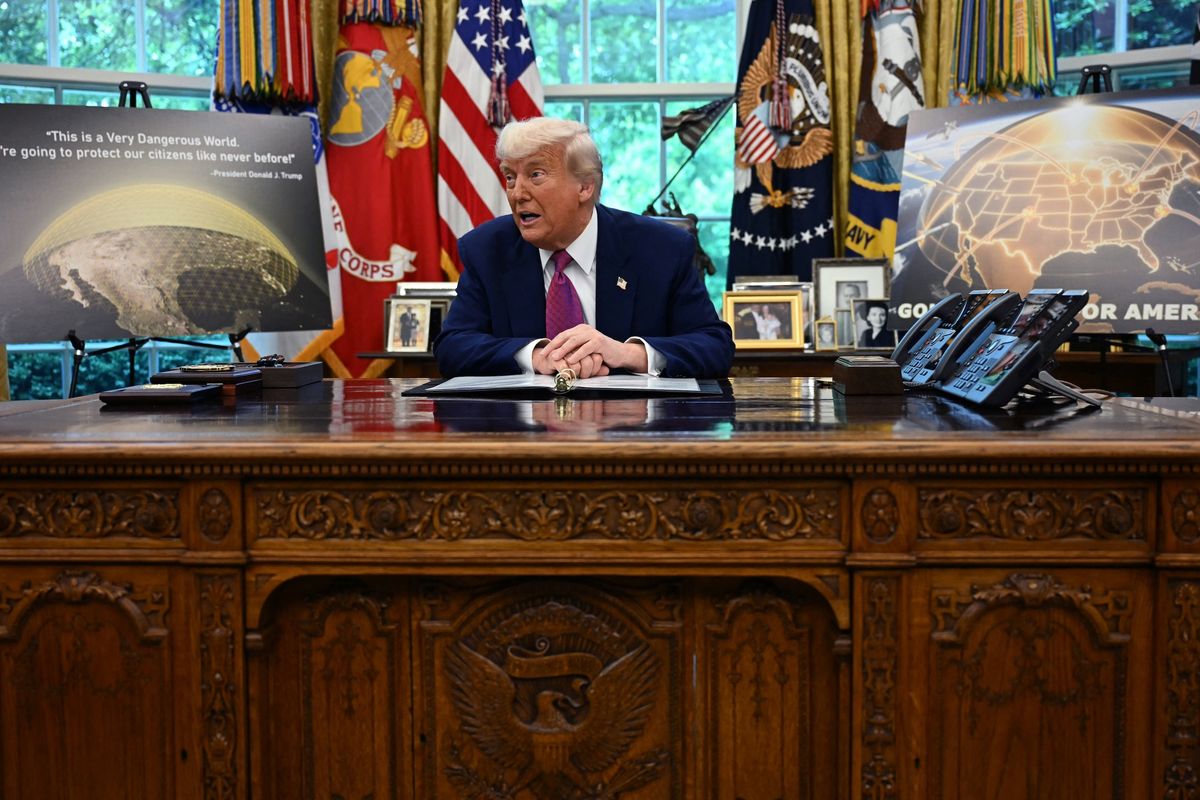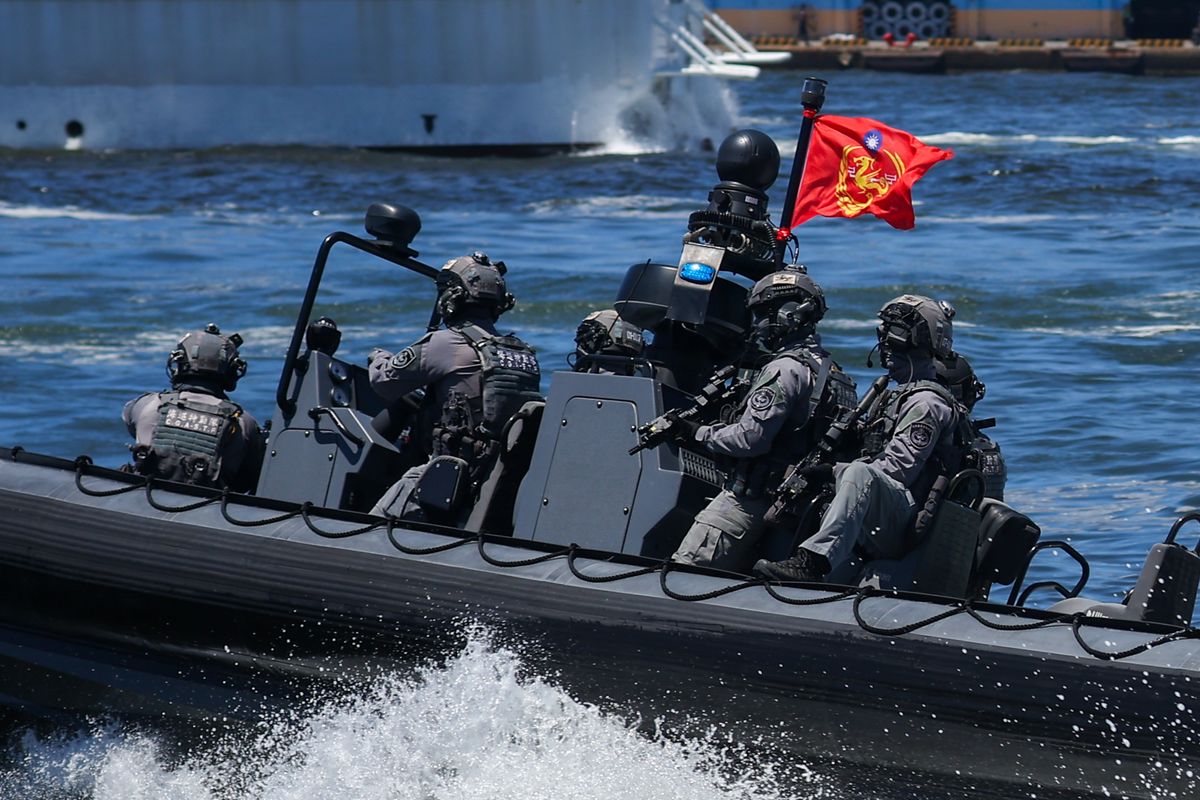Alex Gallo is the Executive Director of the Common Mission Project and Visiting Fellow with the National Security Institute at George Mason University’s Antonin Scalia School of Law.
OPINION — We could lose. This is how Chris Brose frames the stakes of going to war with China at the outset of his book, Kill Chain: Defending America in the Future of High-Tech Warfare.
In the book, Brose surfaces two hard realities: “When we fight Russia or China, blue gets its ass handed to them and “Over the past decade, in US war games against China, the United States has nearly a perfect record – losing almost every time. What this means is a future President may be faced with the prospect of what Brose describes as “surrendering and losing or fighting and losing.” And if China perceives that it can’t be deterred by the U.S., it is likely to continue taking steps towards organizing the world around its authoritarian model.
Meanwhile, in the United States, we are living in an ‘end of history’ moment, where most of the country believes that what happens beyond our borders does not affect us. The direct consequence of this mentality is that we are not taking the national security decisions today that will protect our people, interests, and values in the future. For China and Russia, this is a glaring green light, which they are speeding through to achieve their objectives around the world.
This is not the first time the United States has been slow to recognize the storms that lie ahead. In the 1930s, the “end of history” mentality followed the Great Depression even as clouds of war were gathering over Europe with the rise of Nazi Germany. Today, the “end of history” mentality is occurring even as Putin re-draws the boundaries of sovereign countries through the use or threat of force (the first time since World War II) and as China tests our resolve to protect Taiwan.
At each period, there are a few lone voices that see the gathering storm. In the lead up to World War II, it was industrialists like Bill Knudsen who eventually helped President Roosevelt create the “arsenal of democracy” that was critical to winning World War II. Knudsen and his industrialist contemporaries made their unique contribution by building ships and planes quicker than the enemies could do it.
The Knudsens of today are US and allied innovators and entrepreneurs who are building software, hardware, and other technology at faster paces than our Chinese and Russian counterparts. One example comes from entrepreneurs like Steve Blank, Pete Newell, and Joe Felter, who have created the platform - Hacking for Defense (H4D) – that works with DoD to create new capabilities and organize talent from the government, universities, and private sector to solve national security and defense challenges. It’s just one example of the innovation happening in the private sector. There are others.
The United States is capable of building an “arsenal of innovation” to meet the national security challenges that lie ahead. The innovation already exists in the commercial sector. What is not clear is whether DoD will succeed in tapping into the innovation culture.
The Cipher Brief hosts private briefings with the world’s most experienced national and global security experts. Become a member today.
From creating a common operating picture of ground, air, sea, and space to something as basic as securing an assured supply of aerospace spare parts, the DoD employs a command-economy type of approach to acquisition that would make Communist China envious. The challenge for DoD now, is to figure out how to move away from its command-economy approach in favor of dealing with industry and learning how to better acquire and adapt commercial technologies to meet its needs.
Lt. Gen. Warren Berry, the US Air Force’s deputy chief of staff for logistics, engineering, and force protection, recently asked "How do we incentivize you [industry] to be able to have a surge capability and surge capacity?" His question reveals the extent of the problem. Instead of asking how DoD can incentivize industry, he should ask: how can DoD provide the problems associated with surge capability and capacity for entrepreneurs to solve?
DoD should strive to get entrepreneurs – and defense suppliers’ writ large – to solve its problems. To do this, DoD must let industry know its pain points and continuously buy various emerging tech solutions with an eye towards robust discovery and iteration – testing the technologies against one-another to ensure they meet the problem needs. And DoD must do so using commercial terms and conditions. This approach would not only increase the amount of tech being adopted in the DoD but also provides a common framework, language, mission, and culture between the DoD and companies small and large. Indeed, innovation and change are as much a social science activity as an engineering one.
This is a completely different model, and DoD is still in the early stages of embracing it. Programs like this need to be scaled – not only across DoD but across the entire national security apparatus. By creating and leveraging an “arsenal of innovation,” we will not only be saving democracy from authoritarianism but also ensuring an American-led 21st century.
Have an expert-led opinion to share? Drop us an email along with your bio to Editor@thecipherbrief.com












